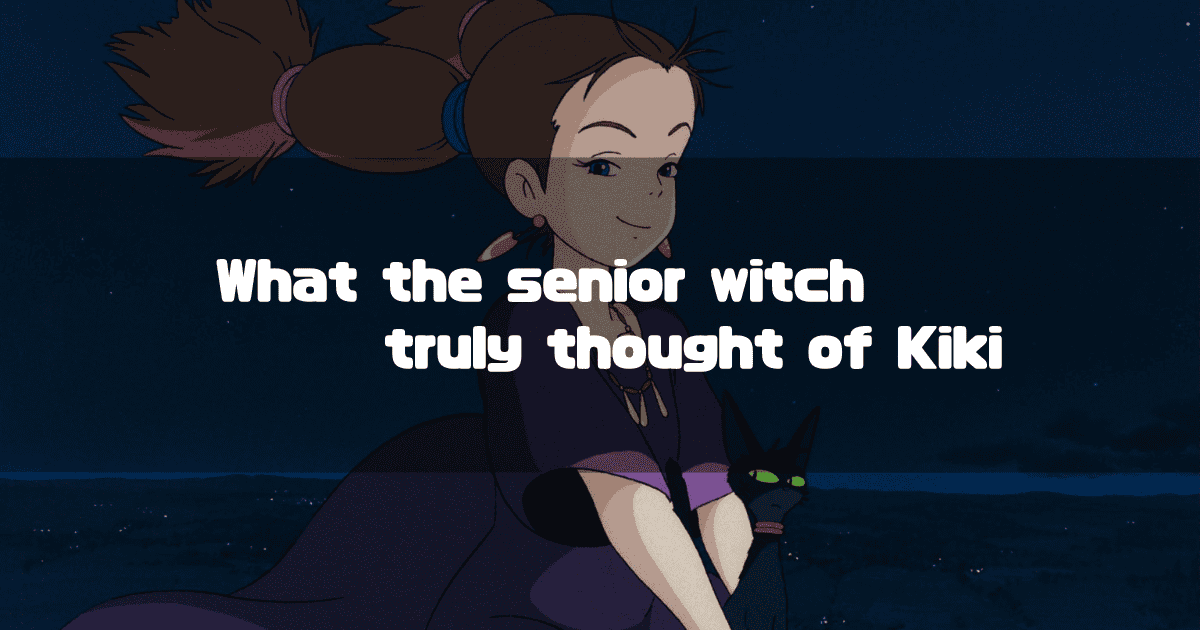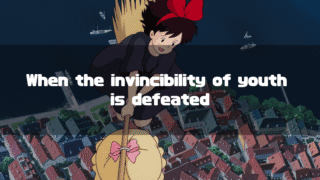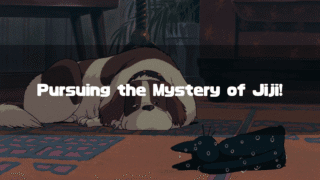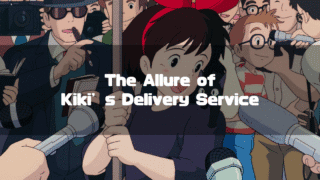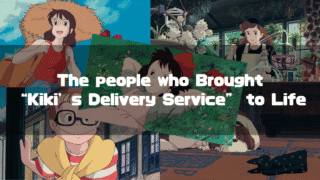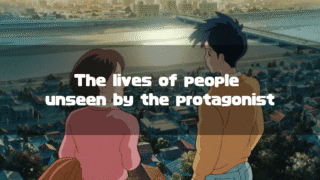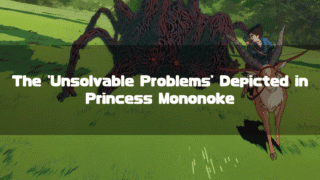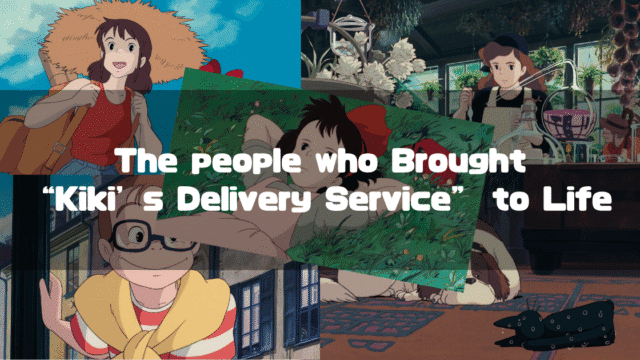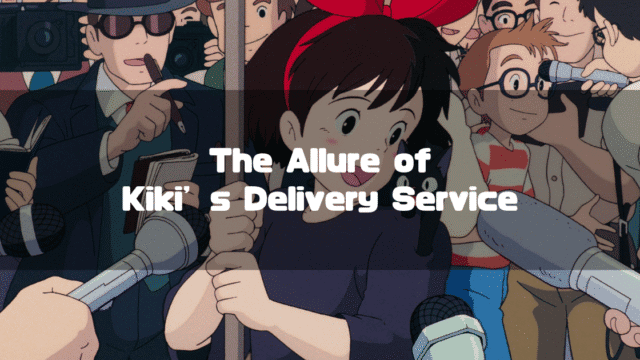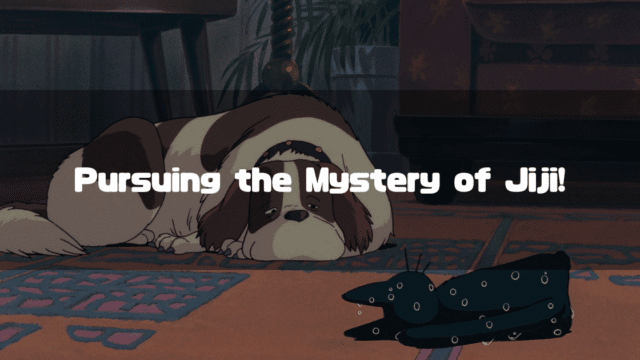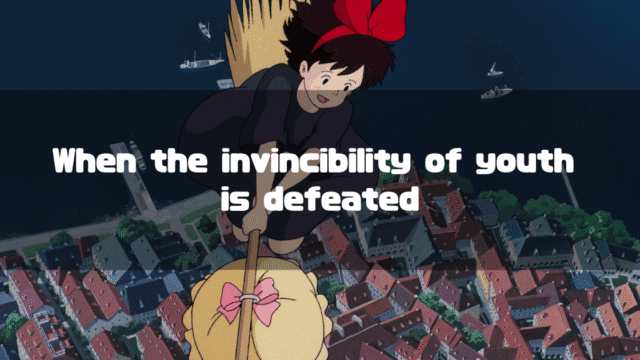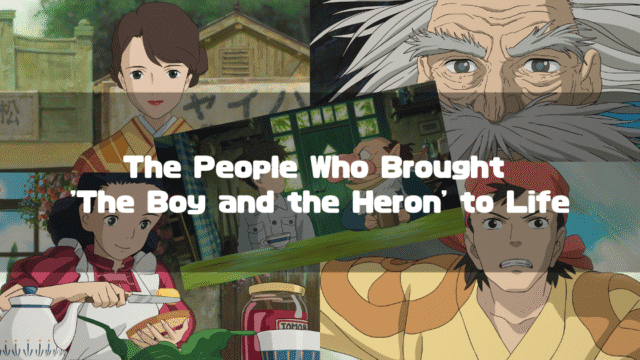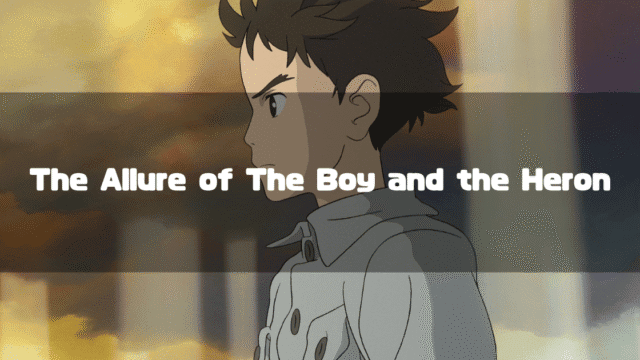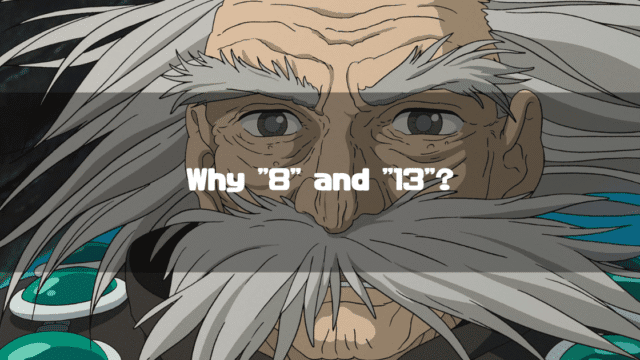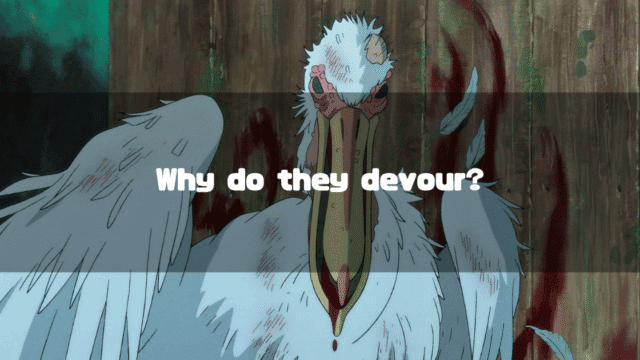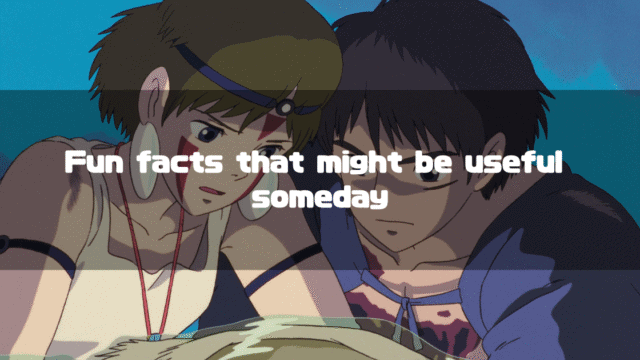Kiki’s Delivery Service(Studio Ghibli Official) is a 1989 animated feature film directed by Hayao Miyazaki. This time, I want to think about the senior witch who appears at the beginning of the story. Despite her brief appearance, she strangely managed to unsettle us.
The reason she unsettled us was, of course, her curt attitude. You could even call it cold. And most importantly, the work Kiki’s Delivery Service would be perfectly fine and complete even without that senior witch’s appearance. So, why did she have to appear? That’s what I want to write about this time.
First, let’s recall the interaction with the senior witch.
*This article is an English translation of the original Japanese article, 「魔女の宅急便」でキキが出会った先輩魔女は、何故あんなに「嫌な奴」だったのか?.
Let an AI walk you through the highlights of this post in a simple, conversational style.
- The Plight of Past Witches Contrasted with Kiki’s Situation
Many young witches couldn’t find a supportive person like Osono and had to survive in harsh, lonely conditions. The favorable circumstances Kiki found were nothing short of miraculous. - The “Silent Teaching” from a Harsh Past and Reality
The senior witch’s curt and cold attitude wasn’t about asserting dominance, but stemmed from a life philosophy gained through her own hardships. It was also a frank presentation of reality to the young witch Kiki. - The Senior Witch as a Meta-Justification for Plot Convenience
To ease the audience’s sense of unease about the conveniently favorable developments for Kiki, the senior witch appears as a symbol of “real hardship” from both within and outside the story’s perspective.
Kiki’s Delivery Service (1989) The Interaction with the Senior Witch
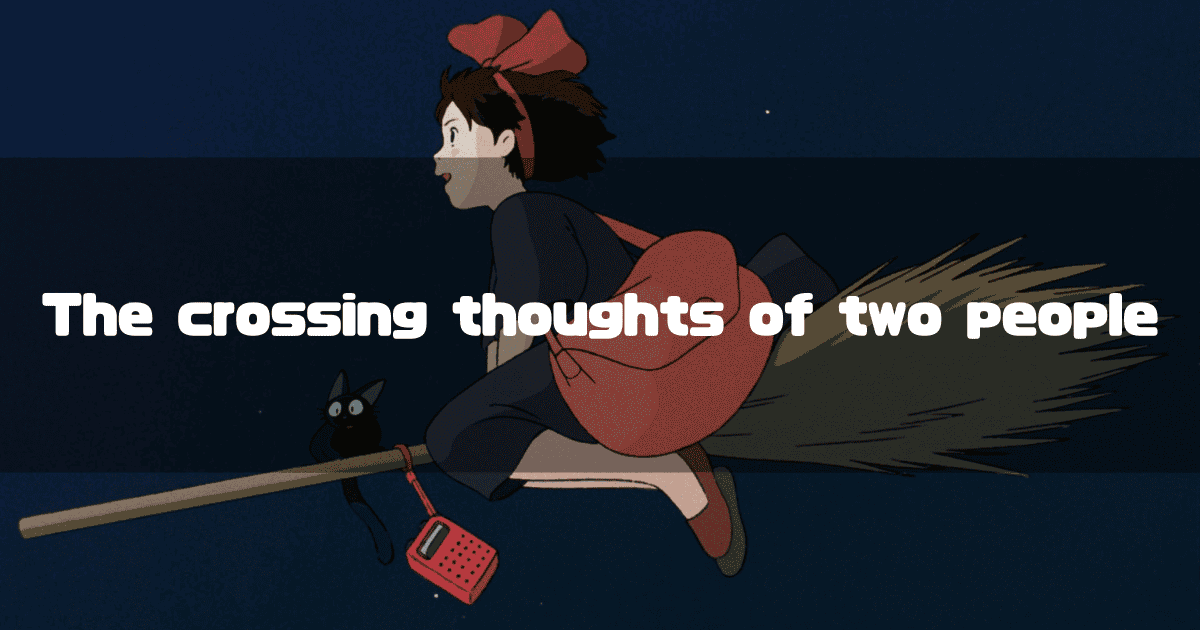
After leaving her hometown, Kiki plays music from the radio to lift her spirits (“Rouge no Dengon”). Just then, she spots another witch flying on a broom and cheerfully calls out to her.
The senior witch seemed friendly at the moment Kiki spoke to her, but as soon as she found out Kiki was a “novice,” her attitude abruptly changed, asking, “Could you please turn off the radio?”
Hit by this unexpected first blow, Kiki obediently complied with the senior witch, who said she liked to “fly quietly.” Still, Kiki asked about the difficulties of settling in a new town.
From there, the senior witch’s unpleasantness was astounding. She spoke in an extremely condescending manner, saying, “Well, there were many things, but I had a special skill in fortune-telling, so I managed. Do you have any special skills?” It seems the senior witch’s training was about to end.
After a while, the senior witch’s town came into view. Leaving with the words, “It’s a small town, but not bad. You do your best,” she deliberately flew over Kiki to return to her own town.
Left behind, Kiki felt a slight anxiety about her future, being only able to fly.
That was the exchange between the senior witch and Kiki. I feel like I’ve lived my life trying not to become that type of senior, but why did such an unpleasant character appear? I believe it has to do with the most important person in Kiki’s Delivery Service, Osono.
Kiki’s Delivery Service (1989) The Miracle That Happened to Kiki and the Senior Witch’s Feelings
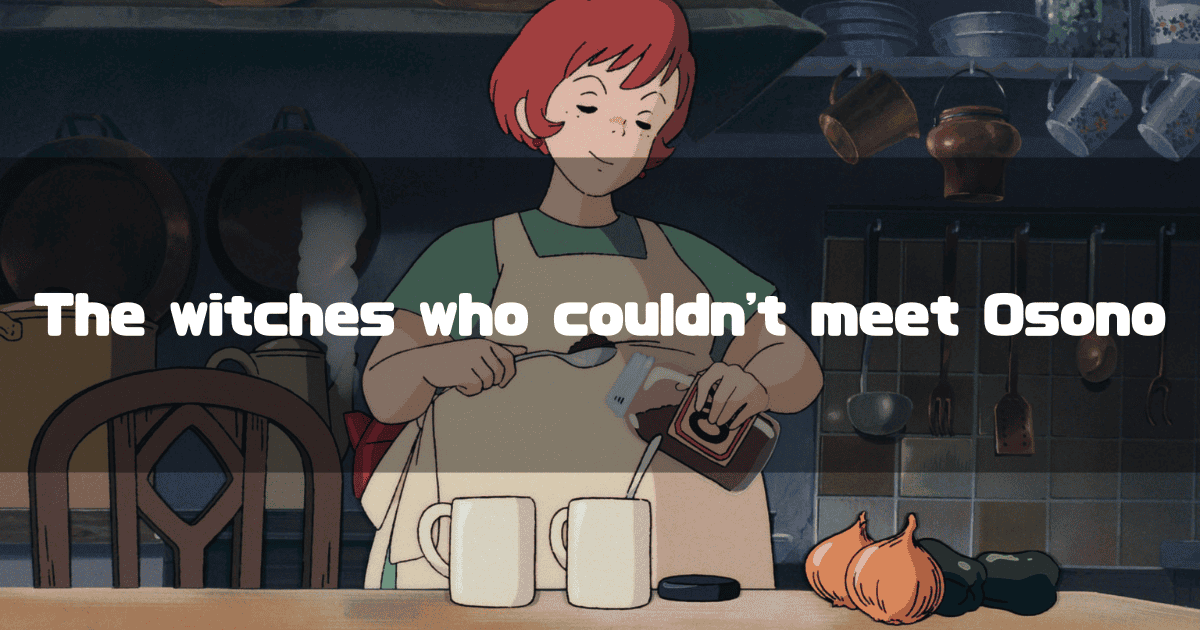
The History of Young Witches’ Hardships
There’s a plot convenience in Kiki’s Delivery Service that we’re vaguely aware of but choose to ignore. That is the existence of Osono and the “broom my mother gave me.”
Especially, Osono’s existence is extremely fundamental. When Kiki tried to make the “town with a sea view” her own, the first thing she faced was the extremely cold stares of the townspeople. Of course, Kiki’s expectations were naive, but we still think, “Couldn’t they be a little nicer to her!”
However, the reason witches are destined for a lonely journey in the first place is to learn about such situations and to gain the strength to survive them.
And here, we should consider what kind of days witches other than Kiki went through.
Kiki had Osono, but there’s no way every young witch could meet someone like that. Almost all witches never met an Osono.
Kiki’s situation right before she met Osono is precisely the situation that young witches throughout history have faced. They are not accepted by those around them and are at a loss. So how did those historical witches live after that? …………
They probably had to resort to the most undesirable strategies you can imagine. At least, the “magic” depicted in Kiki’s Delivery Service isn’t very powerful. There’s very little a witch can actually do. Therefore, almost all witches, at a young age, fell into extremely difficult situations, yet still lived on with all their might.
Thinking this way, the senior witch’s curt and condescending attitude becomes somewhat understandable.
The reason the senior witch took that attitude towards Kiki wasn’t that she wanted to assert dominance, but simply because she had truly gone through hard days. She brushed it off with “Well, there were many things,” but those days might have been just as we imagined.
That senior witch must have had days when she, like Kiki, was excited to head to a new place. However, the reality she faced was not so gentle. Nevertheless, that senior witch survived with all her might and finally established her place in the world in the form of “fortune-telling.” She didn’t find a place. She established it.
If such a senior witch had said to Kiki, “Oh, how nostalgic! It reminds me of when I first left home! I’m sure wonderful things are waiting for you, so do your best!”, it would have been a lie. She might not have known what to say to the young witch before her, who was about to go through the same hardships she had endured. In any case, at that moment, that was the only attitude the senior witch could take.
The Miracle That Happened to Kiki (A Justification for Plot Convenience)
When you think about it this way, you can see how miraculous the people Kiki encountered in the “town with a sea view” were. For a 13-year-old girl to live in an unfamiliar town, the kindness of many people is necessary. You could say it’s a wonderful work full of such kindness, but you could also call it plot convenience.
That senior witch must have appeared as a justification within the work, crushing Kiki’s spirits at the start on behalf of all the hardships faced by young witches throughout history.
To put it more directly, it probably implies, “Kiki will now grow through various hardships. But please turn a blind eye to the stage setting for that. We know it’s plot convenience.”
That senior witch appears as an extremely hybrid entity, existing to carry the history of witches in the work while also making a meta-level excuse.
It might have also had the effect of preparing the audience for the natural, yet cold, attitude of the people when Kiki first arrived in the “town with a sea view.”
In any case, it’s cleverly done.
The images used in this article are from Studio Ghibli Still Images.
About the Author
Recent Posts
- 2025-10-02
An Analysis of the Shōwa Godzilla’s Transformation: How Did Godzilla Become a Hero? - 2025-10-01
Godzilla(1954):Full Synopsis and Analysis: The “Sin” and “Destruction” Symbolized by Dr. Yamane and Dr. Serizawa - 2025-09-30
Godzilla (1954): Dr. Serizawa’s Love and His Suicide with the Monster - 2025-09-28
Princess Mononoke: What Did Ashitaka Mean by “The Forest Spirit Can’t Die. It Is Life Itself”? - 2025-09-27
E.T. The Extra-Terrestrial: Full Synopsis & Analysis: Why Did E.T. Collapse by the River and Come Back to Life?

